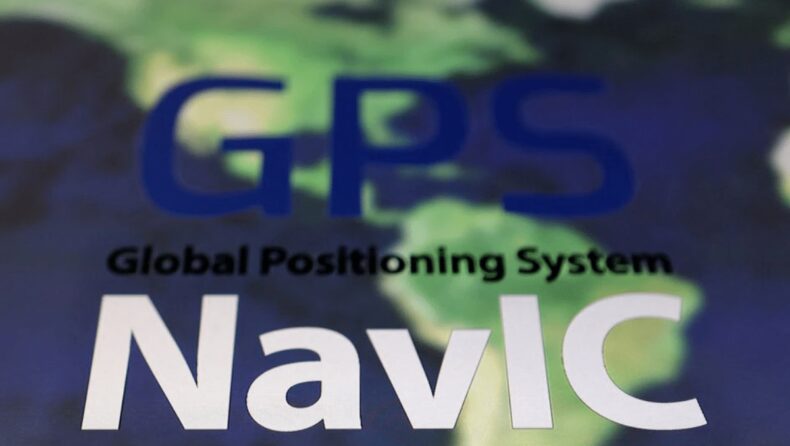In line with Prime Minister Narendra Modi’s push for self-reliance, India has expanded its use of NavIC (Navigation with Indian Constellation), and the push for an indigenous navigation system shakes the smartphone industry.
The Indian government wants to reduce dependence on foreign systems, including GPS and says NavIC provides more accurate domestic navigation and would benefit the economy.
China, the EU, Japan, and Russia have GPS rivals. NavIC’s uptake is minimal; it’s required in public vehicle trackers.
Government and industry documents show Modi’s administration and space officials want to broaden its use. They have pushed smartphone giants to make hardware changes to support NavIC, in addition to GPS, in new phones sold from January 2024.
Apple, Xiaomi, Samsung, and others pushed back in August and September, citing higher research and production costs for NavIC-compliant phones.
The changes would require more testing clearances, which, with a Jan. 1 deadline, would disrupt businesses and planned launches.
Samsung, Apple, and Xiaomi declined to comment on the meetings. India’s IT ministry and space agency ISRO did not respond.
Samsung voiced concerns during a Sept. 2 closed-door meeting with the Indian IT ministry and space agency officials, according to the meeting’s minutes.
Binu George, a Samsung executive in India, said NavIC support requires new smartphone chipsets and other components.
“Hardware design changes and additional investments are needed to support India-specific devices. Companies have already prepared 2024 models “Minutes quote him.
George didn’t comment.
Smartphone players want until 2025 to implement changes; a final decision is expected in the coming days.
According to the minutes, the Indian space agency will provide technical support for implementing NavIC in new smartphones.
India’s space agency says GPS and GLONASS are operated by defense agencies, which could disrupt civilian service.
The Indian government wants to make NavIC global like GPS, according to the report.
India wouldn’t be the first country to demand a native navigation system.
Russia wants to include its GLONASS system in locally sold smartphones to reduce reliance on GPS, which Washington can disable for civilian subscribers as it did in Iraq.
In 2021, 94.5% of China-made smartphones had Beidou support, according to Xinhua.
Xiaomi and Samsung make up 38% of India’s second-largest smartphone market after China. Counterpoint data shows Apple’s more expensive smartphones have a 3% share in India.
Government minutes show that other Chinese manufacturers representing 28% of the market attended the Sept. 2 meeting. China’s 16% market share Realme and smaller manufacturers didn’t attend.
iPhones support GPS, GLONASS, and BeiDou, according to Apple’s website. Indian directive could require a new one.
Samsung and Xiaomi are leaders in the sub-$200 category in India’s price-sensitive market, so the higher cost of dual-band chipsets is a concern.
CHIPSECURITY
Most smartphone makers rely on Qualcomm and MediaTek for NavIC-compliant chipsets.
Voluntary use of such chipsets is limited in India because phone manufacturers are hesitant to add the extra components – and cost – required to make it work.
By mid-2021, only about two dozen Indian mobile phones will have NavIC. Counterpoint estimates 300.
MediaTek said all of its 5G chipsets would support NavIC with “some cost enhancement” and additional hardware. MediaTek said 80% of mobile phones will have 5G in two years.
MediaTek ignored Reuters’ questions. Qualcomm said it has been working with the Indian space agency for years to enable NavIC on its chipsets.
Smartphone players are also lobbying the Indian government to make NavIC available on GPS’s L1 satellite frequency, not just New Delhi’s L5.
That will make it easier for manufacturers to integrate NavIC in chipsets that support the L1 band globally, cutting NavIC development costs.
ISRO told the Sept. 2 gathering that NavIC wouldn’t be available on the L1 band until 2024-25, after more satellite launches.













